The Kob is an antelope that lives in regions of Africa. There are three different subspecies of Kobs within their range. They are relatively large, and males have antlers that curve backwards and tip up at the tips.
Their shape and coloration are similar to impalas, but they are heavier and more muscular than impalas are. Read on to learn about the Kob.
Description of the Kob
This species of antelope has red/brown fur and a white underbelly. They also have a strip of black fur along the fronts of their forelegs. These antelope stand about 3 ft. tall at the shoulder, and weigh around 200 or 250 lbs.
Males have horns, while females do not. Their horns are about 17 in. long, and curve backwards from their skull before curving up at the tips. The shape of their horns gives them a “slicked-back” hairstyle look.
Interesting Facts About the Kob
These hoofed mammals have several different behaviors and traits that help them survive. Learn what makes them interesting below.
- Whistle While You Work – Male Kobs patrol their territories and fend off other males. One of their favorite methods of communicating the boundaries of their territory is by vocalizing. They don’t roar or snort, but instead they whistle!
- Lek It Out – Of course, it is important for males to defend their territories, because that is how they attract females. Males congregate at mating grounds known as “leks,” and each chooses his own small territory. Some leks contain up to 200 males! Another animal that uses leks to reproduce is the prairie chicken.
- Waterside Habitats – These antelopes like living near water sources or in flooded meadows and grasslands. When faced with a potential threat, they flee to the water as a way to deter predators.
Habitat of the Kob
Kobs prefer habitats in close proximity to water. Some of the different ecosystems that they inhabit include floodplains, savanna, woodland edges, grassland, and more.
They avoid areas with dense tree cover, like woodlands and forests. During the breeding season, they prefer regions with short grass and good visibility to spot potential predators.
Distribution of the Kob
The distribution of this species runs along a strip of western and central Africa, south of the Sahara Desert. Their range runs from Senegal through Mali, Niger, Chad, Sudan, and some of the surrounding areas.
Within this range they migrate in some regions to follow their water supply during the dry season. Outside of zoos, these animals live nowhere else in the world.
Diet of the Kob
These animals are herbivores, which means they eat plants. They are primarily grazers, which eat grasses. Unlike browsers, grazers do not eat leaves, stems, or shrubs very frequently.
Most of their foraging occurs in close proximity to water, and they eat a variety of different reeds and grasses. Some of their favorite grasses are signalgrass, crabgrass, thatching grass, cockspur grass, windmill grass, and more.
Kob and Human Interaction
Humans and Kobs cross paths quite frequently. People hunt them for their meat, and for sport. In some regions, this animal is one of the most popular bushmeats, behind porcupines and guinea fowl.
Their populations are also impacted by habitat destruction. In some regions, these impacts result in population decline. However, though their populations are declining, their numbers are high and the IUCN lists the Kob as Least Concern.
Domestication
Humans have not domesticated Kobs in any way.
Does the Kob Make a Good Pet
No, Kobs do not make good pets. They are large antelopes, and would not fare well in a household setting. In many places, it is illegal to own one as a pet.
Kob Care
In zoos, these antelopes live in large enclosures with plenty of water sources. As social animals, these antelope live in herds, and must have companions to thrive. Zoos commonly house Kobs and other antelope species in massive safari-style habitats with lots of grass, ponds, trees, and shrubs. Zookeepers bolster their diets with different types of hay, minerals, and pelleted herbivore feed.
Behavior of the Kob
While Kobs are diurnal, and active during the day, most of their activity occurs during crepuscular hours. They forage primarily during the early morning and late afternoon. Their social behavior varies based on the season and age of the animals.
Outside of the breeding season herds contain females and adolescent males. Male behavior varies outside of the breeding season. Some males form small herds, and some are solitary. As the breeding season arrives, the males move to lekking grounds and establish territories.
Reproduction of the Kob
Females choose males with the best territories at the lek. After mating, the gestation period lasts about eight or nine months. The female gives birth to a single baby, known as a calf.
It takes between six and seven months for the calf to wean off its mother’s milk. Females begin breeding when they are about one year old. Though males can breed at the same age, it takes several years before they can hold a territory at a lek.


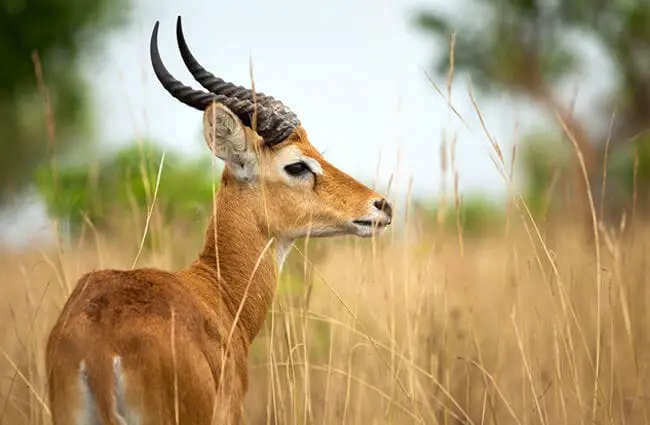
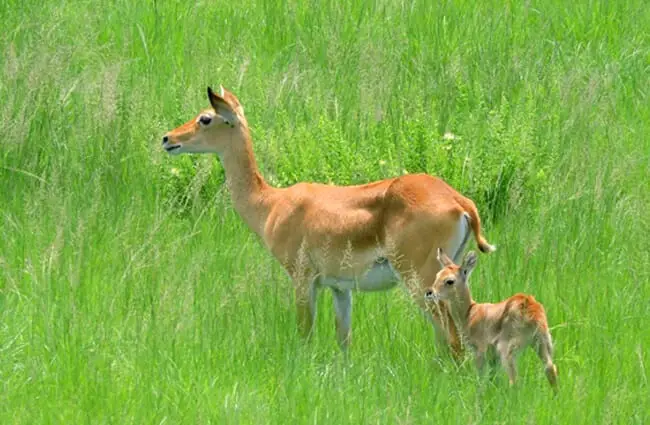


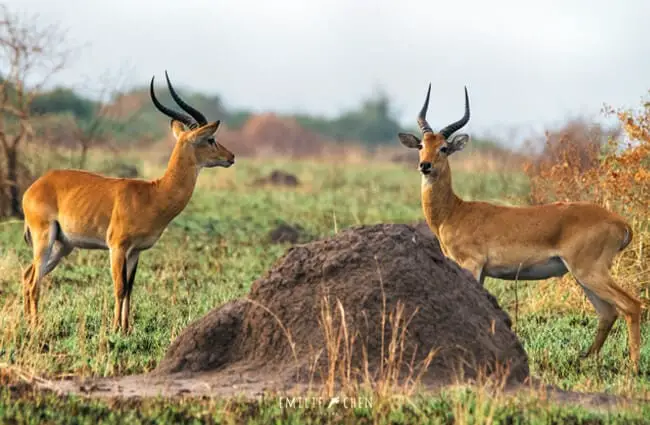



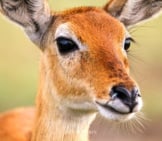
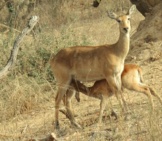
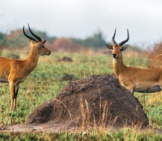
![Red Angus Closeup of a beautiful Red Angus cowPhoto by: U.S. Department of Agriculture [pubic domain]https://creativecommons.org/licenses/by/2.0/](https://animals.net/wp-content/uploads/2020/03/Red-Angus-4-238x178.jpg)












![Red Angus Closeup of a beautiful Red Angus cowPhoto by: U.S. Department of Agriculture [pubic domain]https://creativecommons.org/licenses/by/2.0/](https://animals.net/wp-content/uploads/2020/03/Red-Angus-4-100x75.jpg)

